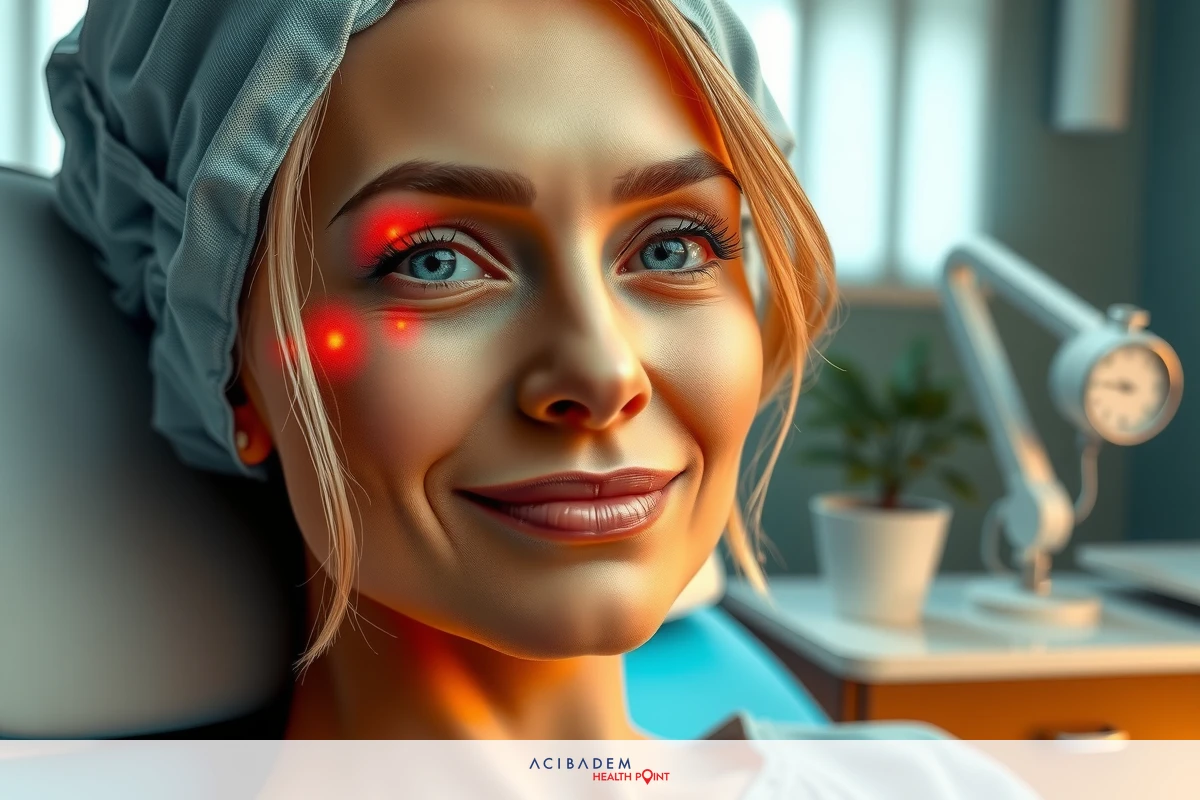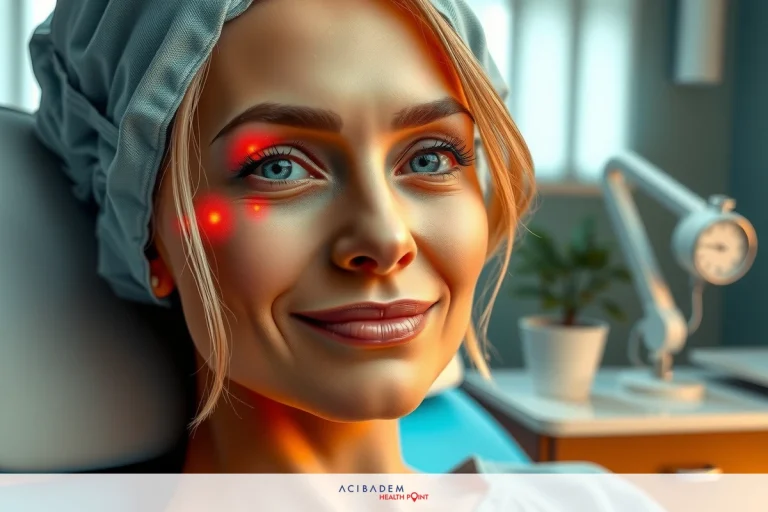When Do You See Final Results of Rhinoplasty
When Do You See Final Results of Rhinoplasty Rhinoplasty, a form of cosmetic surgery that alters the shape or function of the nose, requires patience from patients as they await final results. The healing process involves several stages and can vary widely in terms of duration due to individual physiological differences.
The path towards post-rhinoplasty recovery is not linear but peppered with fluctuations. Initial swelling subsides within weeks, yielding an encouraging preview into the new shape. Yet complete resolution takes longer – typically around one full year – owing largely to the slow and gradual nature of tissue remodeling inside our bodies.
Understanding what to expect during this journey fosters a healthier mindset for managing expectations and optimizing satisfaction with your rhinoplast significantly contributes to positive overall experience. Hence, navigating through these important aspects will illuminate potential pathways towards achieving your desired outcomes.
Recovery Timeline
The journey towards the final results of rhinoplasty is a complex dance of healing and change that unfolds over time. The initial weeks following surgery are often characterized by visible swelling and bruising, which gradually recede to reveal the first glimpse of your new nose. This early preview, however, may still be far from the ultimate outcome as internal changes continue to progress beneath the skin’s surface.
A critical part of this recovery timeline involves understanding how tissue remodeling – an intricate process where your body works diligently to heal surgical wounds and adjust to its new structure – plays out in stages over several months post-rhinoplasty. During these phases, you might notice subtle shifts in both appearance and sensation as tissues soften, inflammation resolves further, and contours become more defined.
In terms of expectations for this timeframe, it’s important to brace oneself for a marathon rather than a sprint. Rhinoplasty healing doesn’t follow a strict calendar but operates on biological rhythms influenced by individual health factors such as age or genetics; hence it can take up to one year until you see those long-awaited final results. Meanwhile fostering patience alongside taking good care during post-operative period will pave way towards achieving desired aesthetic goals.
Managing Expectations
Embarking on the journey of rhinoplasty is invariably intertwined with a host of emotions – anticipation, excitement, and perhaps even a touch of anxiety regarding the final results. Setting realistic expectations plays an instrumental role in navigating this emotional landscape successfully. It’s essential to recognize that while rhinoplasty can bring about significant changes, it operates within the bounds of one’s unique facial anatomy and cannot replicate another person’s nose or an idealized image.
The timeline for recovery poses another dimension where managing expectations comes into play. While initial improvements might be evident as early as a few weeks post-surgery, patience becomes your greatest ally since complete healing takes time. The body works at its own pace during this period; thus rushing towards hasty conclusions based on interim appearances may not reflect the eventual outcome accurately.
Accepting these truths forms part of setting healthy expectations from your rhinoplasty procedure. A well-informed patient understands that cosmetic surgery outcomes are shaped by various factors such as surgical technique, individual healing capacities, and adherence to post-operative care guidelines amongst others. Embracing this knowledge enables patients to embark on their transformation journey with confidence, prepared for both its challenges and rewards.

Tips for Optimizing Results
While the surgical skill of your plastic surgeon is a key player in dictating rhinoplasty outcomes, post-operative care also holds significant sway over the final results. Adhering to proper aftercare protocols and maintaining a healthy lifestyle can make a profound impact on ensuring long-term satisfaction with your new nose.
Here are some strategies to help optimize results and accelerate recovery:
Follow Post-Operative Instructions: Your surgeon will provide detailed guidelines about wound care, medications, activity restrictions etc., following these diligently aids healing.
Maintain Healthy Lifestyle: Balanced nutrition supports tissue repair while avoiding smoking or excessive alcohol protects against complications.
Use Sun Protection: Exposure to sun can increase swelling and delay healing; hence use broad-spectrum sunscreen or hats when outdoors.
Stay Hydrated: Adequate hydration fosters overall health including aiding detoxification during recovery.
Get Ample Rest: Rest promotes healing by allowing body’s resources to focus on repairing surgical sites efficiently.
Implementing these tips alongside maintaining open communication with your surgeon ensures you’re well-equipped towards achieving desired aesthetic goals from your rhinoplasty procedure.
Frequently Asked Questions
What is the average timeline for rhinoplasty recovery?
The average timeline varies between individuals, but generally, most swelling subsides within a few weeks after surgery. However, it can take up to a year or longer for all subtle changes to resolve and reveal the final results.
How can I set realistic expectations for my rhinoplasty procedure?
Understanding that every individual's healing process is unique helps in setting realistic expectations. Remember that while significant changes are possible through rhinoplasty, they need to harmonize with your overall facial features.
Are there any tips to speed up my recovery post-rhinoplasty?
While you cannot rush biological healing processes, adhering strictly to your surgeon’s post-operative instructions and maintaining an overall healthy lifestyle can aid optimal recovery.
Can I expect my nose shape to change substantially immediately after surgery?
Immediately following surgery, your nose may appear different due mostly to swelling. As this resolves over time and internal tissues heal further, more permanent contouring will emerge gradually.











